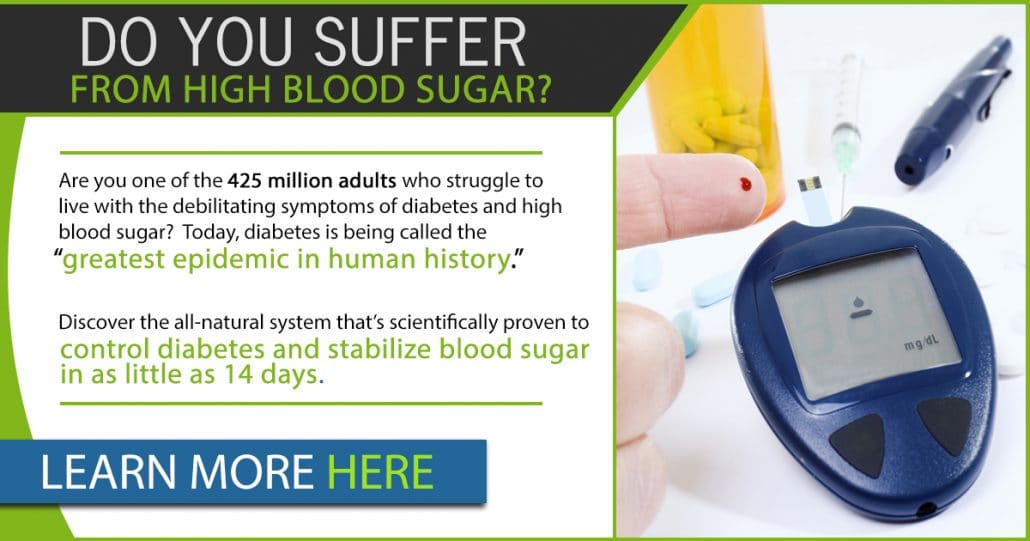
Of late, I have been looking into sugar.
I can’t believe the effect on you. The videos have made me change my thoughts on sugar. I will have some fantastic videos for you over the next few weeks.
Today I have an article from Catherine Gordon on how sugar is the most addictive white power in the world. (With a few special appearances by Dr. Oz.)
Enjoy!
Rick Kaselj, MS
Can you give up sugar and the foods that rapidly convert to sugar in the body and lose all the weight you want?
Lately, books that urge you to give up and grains are crowding the best-seller lists.
Fat Chance, By Dr. Robert Lustig, Wheat Belly, by Dr. William Davis, and Grain Brain by Dr. David Perlmutter are all telling us loud and clear that their research and experience with patients blamed our obesity epidemic squarely on sugar, wheat, and the other grains that turn to glucose (or sugar) in your body as soon as you consume them.
What Is Sugar?
Our daily food items contain processed sugar in abundance. You can find sugar in fruits, vegetables, grains, and legumes. However, we produce sugar from sugarcane or sugar beets. Granulated sugar and brown sugar are the two most commonly used types of sugar.
Granulated sugar is white sugar with no color. It has a granular texture when put in a spoon or container. On the other hand, brown sugar is white sugar that has molasses added to it. People commonly use it in baking, and it has a darker shade than granulated sugar.
Dr. Oz on How Much Sugar We Eat a Year!
Dr. Oz, whose show is top-rated, was shocked to learn about Dr. Perlmutter’s research on the detrimental effects of sugar and carbs on health.
He even went so far as to say, “Butter is back.”
Dr. Oz on Easiest Way to Lose Weight
So what does the growing evidence that sugar and grains contribute to obesity, diabetes, Alzheimer’s, and heart disease mean to the man or woman who wants to lose fat and gain health?
If sugar and grains are so bad for us, how do we get off them?
Consider the first barrier to getting off of sugar: it’s everywhere!
A typical North American breakfast usually consists of a bagel, muffin, waffle, or cereal with skim milk. Look at this “diet” breakfast choice:
Weight Watchers Blueberry Muffins or Double Chocolate Muffins: 1 muffin (2.2 ounces) = 18-21 grams sugar, 180-190 calories
Did you see that? 18-20 grams of sugar. Twenty grams equals five teaspoons of sugar in a little 2.2 oz muffin!
Forgive me, but it gets worse. Not only is that much sugar a problem from a nutritional standpoint, but it can also trigger a pleasure response in the brain that causes overeating.
For some individuals who struggle with overweight and obesity and others who don’t appear to have a weight problem, sugary, starchy, salty foods can become physically addictive, especially when mixed with toxic fats like trans fats and chemically processed vegetable oils.
Now, thank goodness, serious research is going into the theory that food addiction might be real. Here is the abstract from a study on food addiction that appeared in the research journal “Appetite.”
There is growing interest in conceptualizing obesity as a “food addiction.” The current study investigated the prevalence and correlates of “food addiction” (FA), as defined by the Yale Food Addiction Scale (YFAS) in 178 (133 F, 45 M) persons seeking weight loss treatment. Participants had a mean age of 51.2 ± 11.7 years and a body mass index of 36.1 ± 4.8 kg/m2. Fifteen percent of individuals met the YFAS proposed diagnostic criteria for FA. Those who met the requirements for FA reported significantly greater depressive symptomatology.
Symptoms
There were no differences in BMI, age, race, or gender between participants with and without FA. Among those not meeting the criteria, 35% reported three or more symptoms without self-reported clinical distress or impairment.
Depressive symptoms significantly correlated with YFAS symptom count. These findings suggest that 15% of adults presenting for weight loss treatment meet YFAS criteria for FA.
Keywords: Food addiction; Obesity; Depressive symptomatology.
The study found that the Yale Food Addiction Scale measured that 15% of participants had a food addiction. In addition, the study found a correlation between food addiction and depression. Looking back at my eating history, I realize that I usually reached for my “Fix Foods” when I was feeling angry or disappointed in myself. This leads me to a theory that I have been developing for some time:
The combination of the unrealistic demands we put on ourselves, coupled with images of impossible slenderness, youth, and physical perfection from the photo-shopped media, lead to feelings of depression which 15% of us ease temporarily with excess food.
Fortunately, the news about sugar addiction isn’t all bad.
In addition, the discovery and elimination of personal trigger foods can improve appetite management, weight control, and self-esteem.
When I leave sugar, grains, and trigger foods out of my eating strategy, I don’t have the desire to overeat.
Is this the solution to the depression-food addiction cycle of sadness?
In the past, the clinical position has been that healthy eating consists of being able to eat all foods in reasonable amounts. That meant that abstinence couldn’t be the goal. More researchers, doctors, and sufferers are realizing that getting off the sugar/flour/excess food merry-go-round for good is helpful.
The theory was that if you never ate sugar, then clearly, your food issues weren’t resolved.
Now, the Yale Food Addiction Scale is becoming well known, and if it can be established that sugar and food addiction is real, perhaps we can start to eliminate these foods from our diets without feeling like we’ve failed at learning how to eat correctly.
You can take a short quiz on sugar addiction at my website: www.sugarfreedom.com
If you’re starting to think that letting go of sweets for good might result in a lot more peace and happiness than trying to eat just one slice of bread or piece of cake, you may be wondering if there is a way of eating that can free you from food obsession.
Perhaps you are one of 15% of the population with a food addiction, and the only reasonable amount of your “Fix” foods to eat is none.
In the past, you may have said to yourself:
“I should be able to eat treats.”
“Also, I need to lose weight.”
“I should have more self-control.”
If you are ready and willing to let go of sugar and grains, naturally reduce your appetite for fattening foods, and learn how to choose and prepare whole-natural foods that satisfy you, it may be time for you to try the Sugar Freedom Program.
Sugar Freedom has three phases:
- The Three Day Sugar Strike: A three-day diet that lets you break free from sugar and grains.
- The Sugar Freedom Diet: an eating strategy that you follow until you reach your goal weight.
- The Sugar Freedom Lifestyle encourages you to find individual foods that add enjoyment to eating without triggering overeating.
For me and many of my training clients and friends, Sugar Freedom has been the missing link to losing fat and getting the body they had always hoped and struggled for.
I have lost more than 60 pounds and kept it off for more than five years using this diet, and the number of my students and friends who have lost between 20 and 60 pounds by giving up sugar and grains is growing every month.
I predict that more and more, those who struggle with overeating will get the support we need to try eliminating trigger foods without judgment.
If addicted over-eaters make up only 15% of the population that struggles with their weight, that explains why so many people don’t understand what we’re going through. Still, if we speak up about our experience, we are more likely to foster understanding from the medical community and the public.
I think it’s about time.
Catherine Gordon, A.C.E., was named the Certified Turbulence Trainer of the Year for her work with her students at Gordon Studio in Sonora, CA. She is a National Weight Control Registry member and the author of The Sugar Freedom Diet.
You can check Catherine’s Sugar Freedom program here. It is designed to help you break the addiction to sugar, helping you reach your health goals.



